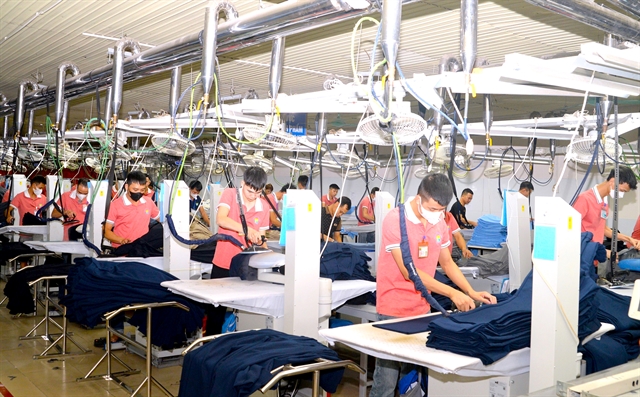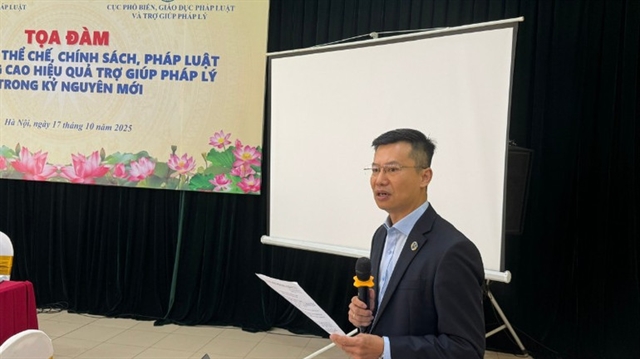 Economy
Economy

 |
| Deputy Prime Minister Trần Hồng Hà chairs a meeting on tasks and solutions to accelerate the development of the national land database. — VNA/VNS Photo |
HÀ NỘI — Deputy Prime Minister Trần Hồng Hà has urged ministries and localities to speed up the creation of a national land database, calling it essential for modernising land management and ensuring transparency in administrative procedures.
He said the database must be accurate, complete, clean and live, covering every plot of land along with its use purpose, manager, current status, soil quality, forest area and related information.
The Deputy PM made the call while chairing a nationwide meeting on Wednesday to review progress on the project and discuss measures to accelerate its implementation.
He said the project should first use existing digitised data, then digitise remaining records, and finally conduct field measurements and verifications to create continuously updated digital maps. He stressed that all land-related administrative procedures must be synchronised with database updates to ensure consistency and efficiency.
He also set a goal of building a unified, centralised and interconnected land database covering all levels of administration, from the central government to 34 provinces and cities and 3,321 commune-level units. The system must integrate infrastructure, specialised software and data fields to support land resource management, administrative procedures and connections with population and organisational databases.
Deputy PM Hà said domestic software should be prioritised if it meets technical and management standards, adding that the system’s operation should draw on lessons from the national population database to maximise existing investments.
He also called for secure and confidential data centres with backup facilities to ensure smooth and reliable operation.
To guarantee effective management, he asked relevant ministries to draft clear regulations on data access, usage rights, information security and responsibilities for updating records during administrative processes.
The Ministry of Finance and the Ministry of Science and Technology were assigned to coordinate with the Ministry of Agriculture and Environment to determine cost norms, unit prices and other financial details to finalise the project.
According to the Ministry of Agriculture and Environment, the land database is being developed primarily from cadastral maps, registration records, land use right certificates, land price data and land-use planning information.
The ministry has completed four main datasets including current land use at regional and national levels, national land-use planning and plans, the national land price framework and basic land surveys. However, these datasets still need to be updated to comply with the new Land Law.
Across the country, provinces and cities have developed land records databases, completed land-use inventories and built provincial-level planning databases.
However, the ministry said that progress remains slow due to limited local funding, low-quality input data, outdated IT infrastructure and a shortage of trained technical staff.
To address these challenges, the ministry plans to advance the project along two tracks. In areas where data already exist, it will focus on standardising, cleaning and updating information while connecting it to the national population database. In areas lacking data, existing maps and records will be digitised and integrated into the national system.
Representatives from ministries, sectors, enterprises and localities agreed on the need for a single, centralised software platform to manage the land database nationwide.
They said a unified system would prevent data fragmentation, cut costs and ensure that land data remain synchronised, accurate and easily linked with other national databases, including those on population, administrative procedures, planning and land prices. — VNS




